It's been more than five years since the release of the original Godox AD600 Pro, and we finally have version two. Let’s see what’s new.
While the Godox AD600 Pro II comes with a host of new features and upgrades, at its core, it is still a 600 Ws battery-powered strobe. It has features like high-speed sync, TTL, multi-flash, and essentially every other feature that has become standard across the pro-level Godox lineup. Instead of diving into everything this light has and how it all works, I’m just going to explain all the features that separate this light from the original Godox AD600 Pro.
 The first is the new wireless sync feature. In the past, you always needed to set your flash and wireless trigger to the same channel in order for them to communicate with each other. This could become annoying in situations where there are other photographers on the same channel or in areas with a lot of wireless systems that could cause interference. This meant you could potentially have to change channels to mitigate the problem, and every time you change channels, you have to do that on every single one of your devices. Now, you have the ability to simply use the wireless sync feature to pair the trigger to the flash. Once you do this one time, you never have to mess with it again. This removes one more thing you have to think about when setting up your lights for a new session. The only caveat here is that the feature is only available on the newer Godox X3 trigger because that is the only trigger to have been released that could incorporate the new technology. I assume all future trigger releases will incorporate the new feature.
The first is the new wireless sync feature. In the past, you always needed to set your flash and wireless trigger to the same channel in order for them to communicate with each other. This could become annoying in situations where there are other photographers on the same channel or in areas with a lot of wireless systems that could cause interference. This meant you could potentially have to change channels to mitigate the problem, and every time you change channels, you have to do that on every single one of your devices. Now, you have the ability to simply use the wireless sync feature to pair the trigger to the flash. Once you do this one time, you never have to mess with it again. This removes one more thing you have to think about when setting up your lights for a new session. The only caveat here is that the feature is only available on the newer Godox X3 trigger because that is the only trigger to have been released that could incorporate the new technology. I assume all future trigger releases will incorporate the new feature.



On the outside, the light still has all the same ports, such as a charging port, a sync cable port, and a USB-C port. However, this USB-C port is only used for upgrading the light's firmware. Here, I wish I had the ability to charge the light via USB-C. I know this could potentially increase the charge times compared to the dedicated charging brick, but this feature would make traveling a lot less cumbersome.
 The strobe also has upgraded buttons and wheels that all feel sturdy and have a good clicking sensation in use. Some of the buttons also perform some double duties, such as the modeling lamp button. Here you can press the button to access all the modeling lamp settings, but if you long press the button, it allows you to quickly turn the modeling lamp on and off. Speaking of the modeling lamp, this is another area of the light that is seeing improvement. Instead of the 38 W daylight temperature light found on the original AD600 Pro, we now have a 40 W bi-color modeling light. So not only do we get a bit more light, but we also get it from 2800 K to 6000 K. This new modeling lamp will give you a bit more flexibility in lower-light situations where you might simply want to use the constant light as the main source rather than needing to pop the flash and mess around with gels.
The strobe also has upgraded buttons and wheels that all feel sturdy and have a good clicking sensation in use. Some of the buttons also perform some double duties, such as the modeling lamp button. Here you can press the button to access all the modeling lamp settings, but if you long press the button, it allows you to quickly turn the modeling lamp on and off. Speaking of the modeling lamp, this is another area of the light that is seeing improvement. Instead of the 38 W daylight temperature light found on the original AD600 Pro, we now have a 40 W bi-color modeling light. So not only do we get a bit more light, but we also get it from 2800 K to 6000 K. This new modeling lamp will give you a bit more flexibility in lower-light situations where you might simply want to use the constant light as the main source rather than needing to pop the flash and mess around with gels. 
For situations where you might need to work in lower light scenarios but also need the ability to freeze motion, the AD600 Pro II can now go a full stop lower in power. This means instead of being limited to a power level of 1/256, you can now go as low as 1/512 power. This lower power also unlocks the ability to access a faster flash duration with a t.1 time of 1/12,340th of a second. So this added flexibility is great if you find yourself in lower light environments where the modeling lamp won't work for your situation, or if you are photographing something in movement and need the freezing power of a faster flash duration.

What I LIke
- New bi-color modeling lamp
- New color screen
- New color LED group identification
What I Didn't Like
- No USB-C charging
- Though more powerful than the original, I wish the modeling light was more powerful
Example Images
Conclusion
In use as a strobe, this light performs very similarly to the original AD600 Pro. You’ll still have 600 Ws of power and get 360 full-power flashes on a full battery. The light also has recycle times as low as 0.01 seconds at the lowest power and 0.9 seconds at full power. At full power, you can expect a flash duration of 1/220th of a second, and at the lowest power, you’ll see 1/12,340th of a second. So not a ton has changed here to necessarily warrant an upgrade if you already have an AD600 Pro. But what will warrant an upgrade is if you can see yourself benefiting from the overall better and more user-friendly experience with the everyday use of the light. The upgraded bi-color modeling light and the strobe's wider power range could also be just the flexibility you need for your specific needs. Also, if you are just now getting into the system, or just now adding a 600 Ws light to your kit, I do think the newer Godox AD600 Pro II is worth the extra cost over the original.

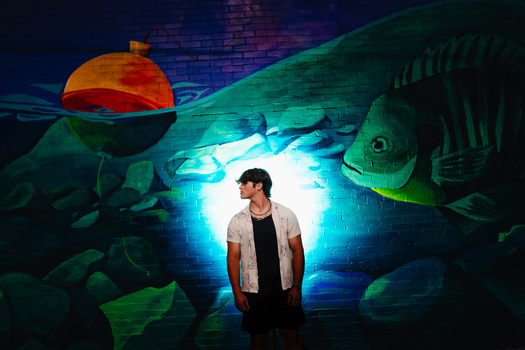

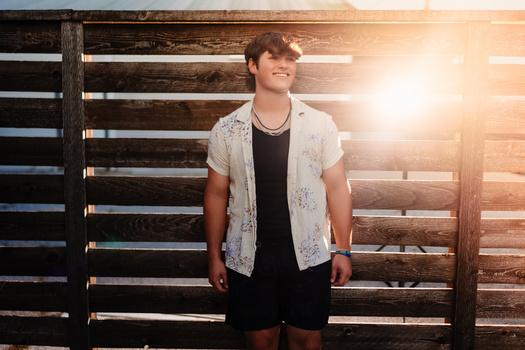
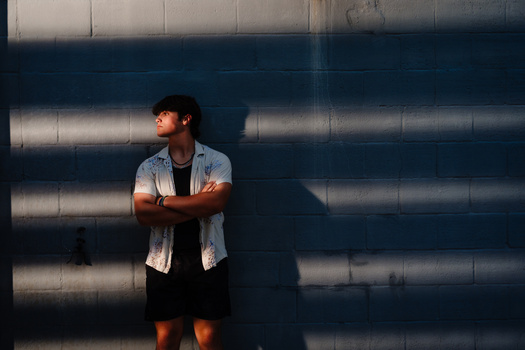
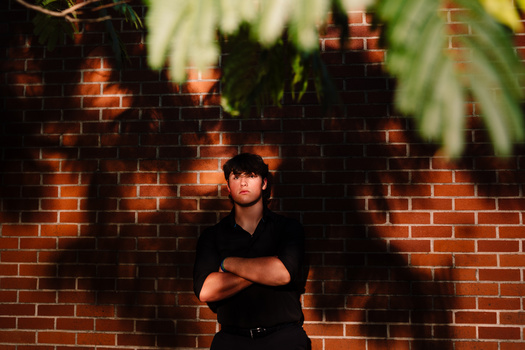
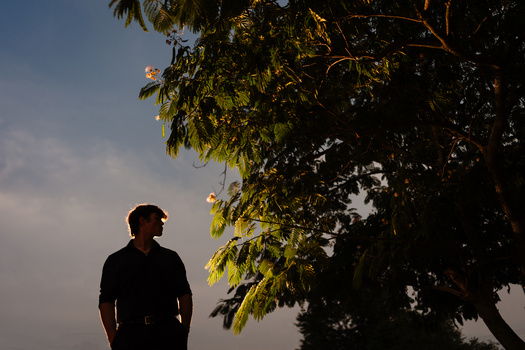






Lovely images! Did you try the “freeze mode” for shorter flash durations? I’m keen to find out what the power penalty is when using freeze mode. The manual says that power gets reduced, but doesn’t say how much.
We just did a bunch of tests on the most popular studio strobes in a comparison video, and while we didn't have the mark II AD600, we did have the original. If I remember correctly, in Freeze or Color mode on all the flash brands we tested, the power dropped 1/10th of a stop compared to normal mode...so no light was really lost at all. What was different is the white balance color so you'll def need a warming gel on your strobe if shooting in Freeze mode.
Thanks, Patrick. I hope it does turn out to be just 1/10th stop at full power. That would put in on par with Broncolor for t0.1 at 1/20th of the price. I'll tolerate a lot of colour wobble for that power.
In general a freeze mode, speed mode, action mode where the they use flash cutoff the compromise is not a power penality but a color temp penality. The light gets more blue and green in color temp. The lower the power the faster the flash duration and the more blue the light gets - this is true even with Profoto and Broncolor Lights. The power penalty is just the fact that you can't use speed mode at full power. You typically need to have the light powered down 1/3 a stop or so before the speed mode start shorten the flash duration.
Thanks, Jared. The curious thing about this new Godox implementation of speed mode is that it is promising over 3 stops of t0.1 advantage compared to normal mode. All the speed and action modes that I’ve used on other brands only offer about a 1 stop t0.1 boost. So I’m expecting there will be an unusually large trade off in power as well as colour. If there isn’t, for all of us with cameras that can sync at any speed (which might be most of us in 5 years), this could be the most significant new flash in a decade, as on paper it could beat todays 2400J models. I’ll have to test one and see what the power and colour trade-offs are.
Freeze / speed modes are non-linear. So that 3x advantage is likely at the lower power output range. At its highest output that speed / freeze likely provides only 1/3 stop advantage. Likewise the color shift is more pronounced at lower output where more flash cutoff is used. You can see 1000 to even 2000k color shift at low output - where as at higher outputs color shift is much smaller more like 200k color shift.
Wow, that group color LED is such a smart idea. I'd love if it could also do channels too because I never know what channel my lights are on. AND a new LCD screen? This looks like a worthy upgrade
elinchrom has had that in their latest monolight flashes for at least 3-5 years - since the elinchrom 1. Broncolor has had it in their Siros Monolights since 2010 - nearly 15 years. Kind of suprises it took Godox so long to copy.
Looks like a solid upgrade for sure. I hope they update the AD200 soon. It's a great little workhorse for location shoots but the display is awful.